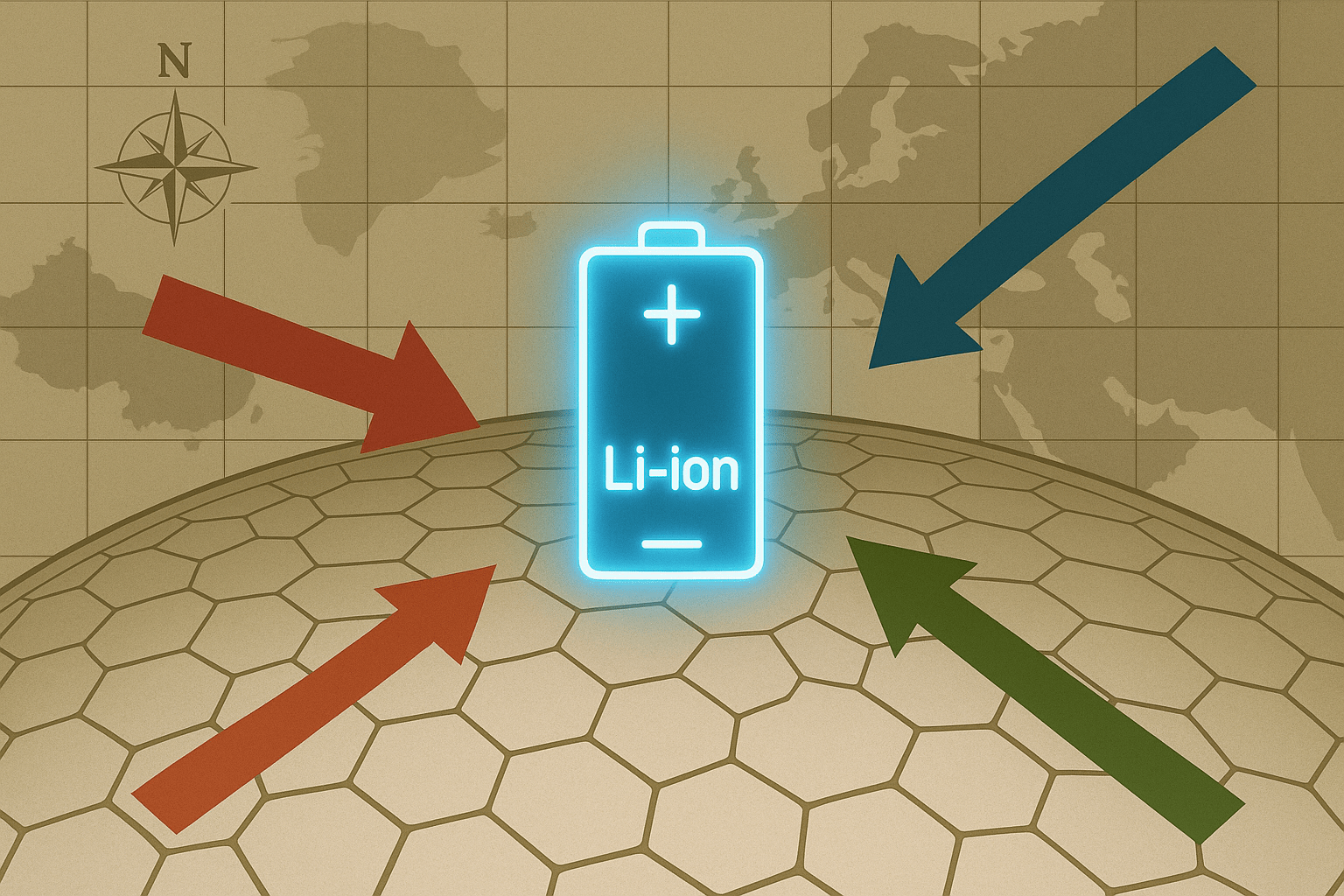The Geography of a Treasure Trove
To understand the opportunity and the challenge, one must first understand the place. The Salar de Uyuni is located in the Altiplano, a high-altitude plateau in southwest Bolivia, nestled over 3,650 meters (12,000 feet) above sea level. It is the colossal remnant of a prehistoric salt lake, Lago Minchín, which dried up thousands of years ago. As the water evaporated, it left behind a salt crust several meters thick and, crucially, a subterranean brine saturated with minerals, including an estimated 21 million tonnes of lithium—one of the largest single deposits on Earth.
This unique physical geography presents both a promise and a problem. The sheer scale is staggering; at over 10,000 square kilometers, it is larger than some countries. However, the high altitude and distinct rainy season (from December to April) make traditional lithium extraction difficult. Unlike the bone-dry Atacama Desert in neighboring Chile, where solar evaporation is fast and efficient, Uyuni’s climate complicates the process. The brine here also has high concentrations of magnesium, an impurity that is costly and difficult to separate from the lithium.
The human geography is just as critical. The region is sparsely populated, with the city of Uyuni serving as a dusty gateway for tourists drawn to the Salar’s otherworldly landscape. For centuries, the local Aymara and Quechua communities have lived in a delicate balance with this environment, harvesting salt by hand and farming quinoa on the Salar’s fringes. Now, they find themselves at the epicenter of a global commodity rush, standing as key stakeholders whose ancestral lands, water sources, and way of life hang in the balance.
The “Lithium Triangle” and Global Geopolitics
Bolivia doesn’t sit in isolation. It forms the northernmost point of the “Lithium Triangle”, a resource-rich region that also includes northwestern Argentina and northeastern Chile. Together, these three nations control well over half of the world’s known lithium reserves. Yet, each has taken a dramatically different path.
- Chile: For decades, Chile has been a lithium powerhouse, dominated by private corporations in the Atacama Desert. Its industry is mature, efficient, and deeply integrated into global markets.
- Argentina: Taking a more decentralized approach, Argentina has allowed its provinces to negotiate directly with foreign companies, leading to a recent surge in investment and production.
- Bolivia: Bolivia has been the cautious one. Wary of foreign exploitation, it has historically insisted on a state-led model, giving the national company, Yacimientos de Litio Bolivianos (YLB), sole control over extraction and processing.
This cautious strategy has left Bolivia lagging behind its neighbors, but the world is now knocking at its door with renewed urgency. The players are global heavyweights. China, seeking to dominate every step of the electric vehicle supply chain, has been the most aggressive suitor. Chinese giants like CATL (the world’s largest battery maker) have signed billion-dollar deals to help commercialize Uyuni’s lithium. Russia, too, has entered the fray through its state nuclear firm, Rosatom, securing a pilot project. Western nations, particularly the United States and the European Union, are desperately trying to secure their own supplies and break their dependency on Chinese-controlled value chains.
The Salar de Uyuni has become a geopolitical chessboard, where deals for mineral rights are also moves in a larger game for control over the 21st-century energy economy.
Can Bolivia Break the Resource Curse?
For Bolivia, the stakes are not just economic; they are historical. The nation is a textbook example of the “resource curse”—the paradox where countries with abundant natural resources experience slower economic growth, greater corruption, and more conflict than their resource-poor peers. The cautionary tale is etched into the very landscape of the region.
Just a few hours’ drive from the Salar lies the city of Potosí. In the 16th century, its mountain, the Cerro Rico (“Rich Hill”), produced so much silver that it funded the Spanish Empire and transformed the global economy. Yet, it left Potosí and Bolivia impoverished, a ghost of its former glory. The pattern repeated itself with tin in the 19th century and natural gas in the 20th. Wealth was extracted and exported, leaving little behind for the Bolivian people.
This time, Bolivia is determined to write a different story. Its strategy has two pillars:
- Sovereignty: By keeping control under the state-owned YLB, the government hopes to ensure that profits stay in the country to fund social programs and infrastructure.
- Industrialization: The ultimate goal is not just to export raw lithium carbonate but to move up the value chain. Bolivia dreams of manufacturing its own batteries and even electric vehicles, capturing the real value of its resource.
To overcome its geographical disadvantages, Bolivia is pinning its hopes on a new technology: Direct Lithium Extraction (DLE). Unlike slow, water-intensive evaporation ponds, DLE acts like a chemical filter, pulling lithium directly from brine with greater speed and efficiency. The recent deals with Chinese and Russian firms are primarily to build DLE pilot plants. If successful, DLE could be the key that finally unlocks Uyuni’s vast wealth.
A Fragile Future
The road ahead is fraught with peril. The promise of prosperity could come at a severe environmental cost. Lithium extraction is incredibly water-intensive, and in the arid Altiplano, diverting scarce water could devastate local agriculture and the fragile ecosystems that support unique wildlife, including the iconic pink flamingos that breed in the Salar’s lagoons. The potential for chemical spills also looms large.
The white plains of the Salar de Uyuni are at a crossroads. They are a symbol of pristine natural beauty and a beacon of hope for a green energy future. For Bolivia, they represent a chance to finally leverage a natural resource for national development and break a centuries-old cycle of exploitation. The world needs Bolivia’s lithium, but whether Bolivia’s people will ultimately benefit from this white gold rush remains the most critical, and unanswered, question.
